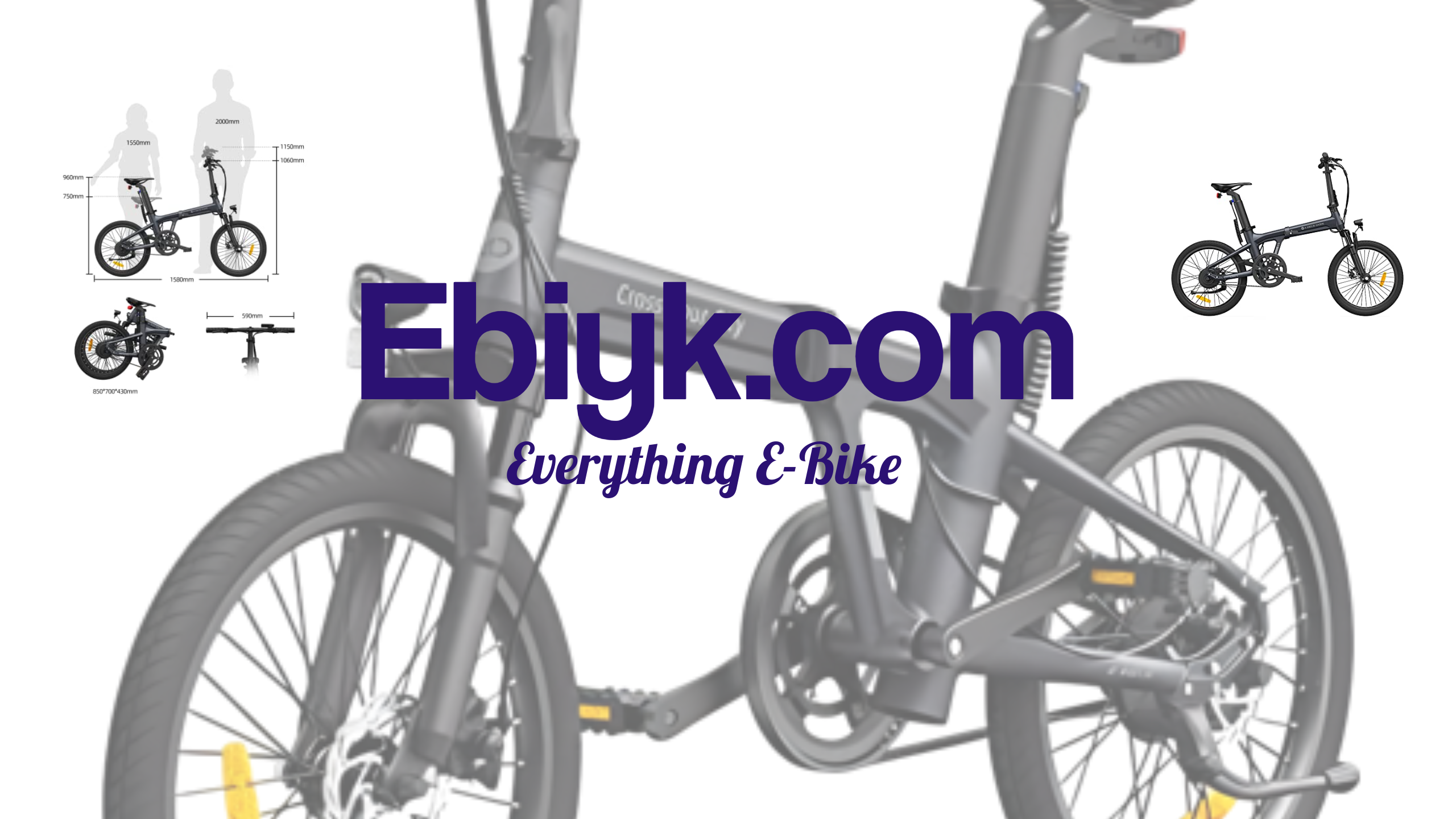Understanding the Impact of Rough Terrain on E-Bikes
E-bikes have grown in popularity over recent years. With their increased use, new questions have arisen regarding their durability and resilience against rough terrain. While e-bikes are built to handle various terrains, it is essential to understand the impact of rugged landscapes on these bikes.
One of the first things to consider when assessing the impact of rough terrain on e-bikes is the type of suspension. Most e-bikes come with a front suspension system, while others include a full suspension package. While these systems absorb some of the impact from bumpy roads, the effectiveness of the suspension system depends on the type and severity of the terrain.
Another factor to consider is the e-bike's motor and battery. With more advanced models designed to tackle rough terrain, the motor and battery configuration need to be robust enough to handle the added strain. A weak motor might overheat or wear out quickly on bumpy roads, reducing the overall lifespan of the bike.
Tire quality is equally important when it comes to rough terrains. E-bikes that come with wider tires with more prominent tread patterns provide better traction and control when navigating through uneven terrain. However, if the tires aren't inflated correctly, this may impact the bike's performance, resulting in poor handling and control.
Finally, rider technique and skill also play a critical role in how an e-bike performs on rough terrain. Improper technique such as leaning too much or catching air can cause damage to the bike's frame and other components.
In conclusion, while e-bikes are built to handle various terrains, rough terrain can have an impact on the bike's performance and durability. By considering the bike's suspension, motor and battery, tire quality, and rider technique, riders can make informed decisions to ensure their e-bike lasts for years to come.
The Risks of Taking E-Bikes through Challenging Landscapes
Riding electric bikes, or e-bikes, has become increasingly popular in recent years. E-bikes are often used for leisurely strolls in the park or for commuting to work. Some models are also designed for off-road adventures and can be taken through challenging landscapes such as hills, forests, and rocky terrains. While these bikes are built to handle rough terrain, there are still risks associated with taking them off-road.
Damage to the Bike
E-bikes contain sensitive electrical components that can be damaged if exposed to extreme conditions. For example, water can infiltrate the motor and battery compartments causing malfunctions and electrical shorts. Rough terrain can also cause damage to the bike's frame, wheels, and suspension system. This may lead to costly repairs or render the bike unusable and unsafe to ride.
Safety Risks
Riding e-bikes through challenging landscapes can also pose safety risks. Depending on the terrain, riders can be exposed to slippery surfaces, steep drops, and other obstacles that can cause accidents. Riders may also encounter wildlife or other hazards that can lead to injury or even death. Helmets and other protective gear can help mitigate these risks, but riders should always exercise caution when taking their e-bikes off-road.
Battery Drain
Using e-bikes on challenging terrain can drain the battery faster than on flat surfaces. This means riders may not be able to complete their intended course, or be stranded with a dead battery in a remote area. Riders should always carry backup batteries or make sure they have enough charge to complete their journey.
Overall, while e-bikes are designed to be robust and durable, taking them through challenging landscapes can damage the bike, pose safety risks, and drain the battery faster than normal. Riders should always be aware of these risks and take appropriate precautions to ensure a safe and enjoyable off-road experience.
Mitigating the Damage: Tips for Protecting Your E-Bike on Uneven Terrain
Riding an e-bike can be a lot of fun, especially on rough or uneven terrain. However, this type of riding can also pose a threat to your e-bike. Here are some tips for protecting your e-bike on uneven terrain:
1. Invest in a Good Quality E-Bike
The right e-bike can make a big difference when it comes to handling uneven terrain. Look for an e-bike that has a sturdy frame, good suspension, and solid brakes. This will help ensure that your bike can handle bumps, rocks, and other obstacles without sustaining damage.
2. Check Your Tire Pressure
The pressure in your tires plays a big role in how your e-bike handles rough terrain. Make sure to check your tire pressure before each ride and adjust it as needed. This will help ensure that your tires have a good grip on the ground and can absorb shock from bumps and potholes.
3. Adjust Your Speed
If you're riding on rough or uneven terrain, it's important to adjust your speed accordingly. Going too fast can increase the risk of damage to your e-bike. Take it slow and steady and be prepared to make quick, nimble movements when needed.
4. Use Proper Techniques
Riding an e-bike on rough terrain requires a different set of skills than riding on smooth roads. Make sure to learn the proper techniques for handling different types of obstacles, such as rocks, roots, and drops. This will help prevent damage to your e-bike and reduce the risk of injury.
5. Clean and Maintain Your E-Bike
After each ride, take the time to clean and maintain your e-bike. This can help prevent damage from dirt, debris, and moisture. Make sure to check the gears, brakes, and suspension regularly and make any necessary repairs.
With these tips, you can enjoy the thrill of riding your e-bike on rough and uneven terrain without putting it at risk of damage. Remember to always ride safely and responsibly!
